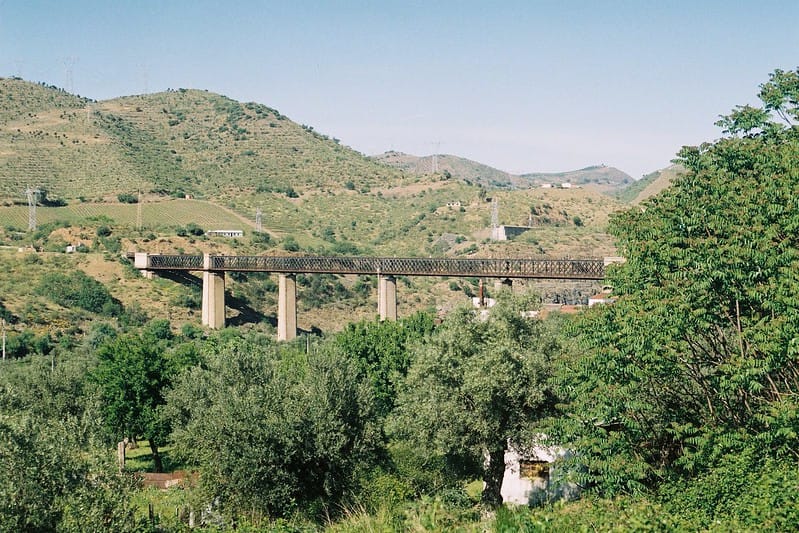How to get to Oeiras Portugal by train
In the late 19th century and early 20th century, Oeiras’ proximity to Lisbon’s urban centres of activity and its good transportation links contributed to its growth as a privileged location for leisure activities along the beaches. The beaches of Oeiras became occupied by higher social classes who believed that the ocean air and its sea-waters were therapeutic for them. The construction of National Roadway 6 (EN6) allowed a larger number of people to access the area and led to the expansion of beach “chalets”, which were often summer cottages or villas with a garden.
Oeiras is a very active municipality, with many cultural events and sports activities. The final matches of the Portuguese men’s and women’s national football cups are traditionally played at the Estadio Nacional in the Jamor complex. Oeiras is also one of the main R&D centres in Scientific research, as evidenced by the presence of the Instituto Gulbenkian de Ciência campus.
There are also a number of points of interest to visit, such as the Jardins e Palacio do Marques de Pombal, a palace built in the 18th century and surrounded by luxurious gardens, or the Praia da Torre, one of the most beautiful beaches of Oeiras. The Praia de Carcavelos, a promenade which extends to the beach of Oeiras, is another great place where you can walk and gaze into the sea.
You can easily reach Oeiras by train, as the railway line Lisbon-Cascais passes right through it. For most of the day, there are departures every 20 minutes (with more at rush hour). You should be aware that, as in any other busy train line, there is a risk of pickpockets, so you should avoid overly displaying money or expensive items that can entice them. If you’re travelling alone at night, it is recommended to sit close to other passengers and to keep an eye on your belongings.
